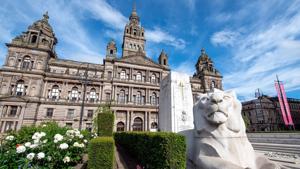Each European country has its marquee city that attracts the vast majority of travelers – think Rome, Paris, Amsterdam. And all too often, that tourist-pleasing destination is a traveler’s one and only stop. While I’d never suggest skipping those places entirely, I like to complement them with a visit to the country’s “second city.
” In fact, if you have four days to spend in any of these capitals, I recommend cutting your visit a day short to make time for these cities. While lacking the popularity and the bucket-list sights, Europe’s second cities tend to enjoy a creative edge, a strong civic spirit, a Rust Belt toughness, fun-loving eateries with cutting-edge menus, entertaining street art..

. and far fewer tourists, which also means lower prices, a more authentic welcome, and arguably a more honest cultural experience. In Portugal, visitors flock to Lisbon.
But the second city of Porto – three hours north by train – is smaller and more manageable, with more than its share of diamond-in-the-rough architecture. European Union money has been funding upgrades to its public transportation system and historical sites. Tourism here has taken off in a big way (thanks largely to cheap flights to Porto’s international airport).
Locals are rising to the occasion, filling the characteristic streets with trendy eateries and boutiques. And, as a plus for wine lovers, it’s the birthplace of port. In Scotland, the capital city of Edinburgh – with its prominent castl.
















